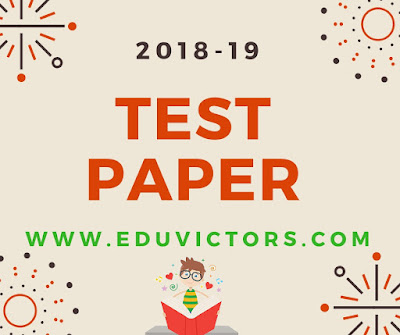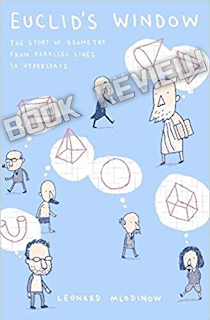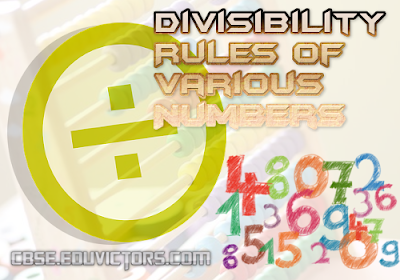SETS
Class 11 - Mathematics
NCERT Exercise 1.1
Question 1: Which of the following are sets? Justify your answer.
(i) The collection of all months of a year beginning with the letter J.
(ii) The collection of ten most talented writers of India.
(iii) A team of eleven best-cricket batsmen of the world.
(iv) The collection of all boys in your class.
(v) The collection of all natural numbers less than 100.
(vi) A collection of novels written by the writer Munshi Prem Chand.
(vii) The collection of all even integers.
(viii) The collection of questions in this Chapter.
(ix) A collection of most dangerous animals of the world.
Answer:
(i) Yes
The collection of all months of a year beginning with the letter J is a well-defined collection of objects since one can definitely identify a month that belongs to this collection. Hence, this collection is a set.
(ii) No
The collection of ten most talented writers of India is not a well-defined collection because the criteria for determining a writer’s talent may vary from person to person. Hence, this collection is not a set.
(iii) No
A team of eleven best cricket batsmen of the world is not a well-defined collection because the criteria for determining a batsman’s talent may vary from person to person. Hence, this collection is not a set.
(iv) Yes
The collection of all boys in your class is a well-defined collection because you can definitely identify a boy who belongs to this collection. Hence, this collection is a set.
(v) Yes
The collection of all natural numbers less than 100 is a well-defined collection because one can definitely identify a number that belongs to this collection. Hence, this collection is a set.
(vi) Yes
A collection of novels written by the writer Munshi Prem Chand is a well-defined collection because one can definitely identify a book that belongs to this collection. Hence, this collection is a set.
(vii) Yes
The collection of all even integers is a well-defined collection because one can definitely identify an even integer that belongs to this collection. Hence, this collection is a set.
(viii) Yes
The collection of questions in this chapter is a well-defined collection because one can definitely identify a question that belongs to this chapter. Hence, this collection is a set.
(ix) No
The collection of most dangerous animals of the world is not a well-defined collection because the criteria for determining the generousness of an animal can vary from person to person. Hence, this collection is not a set.




















